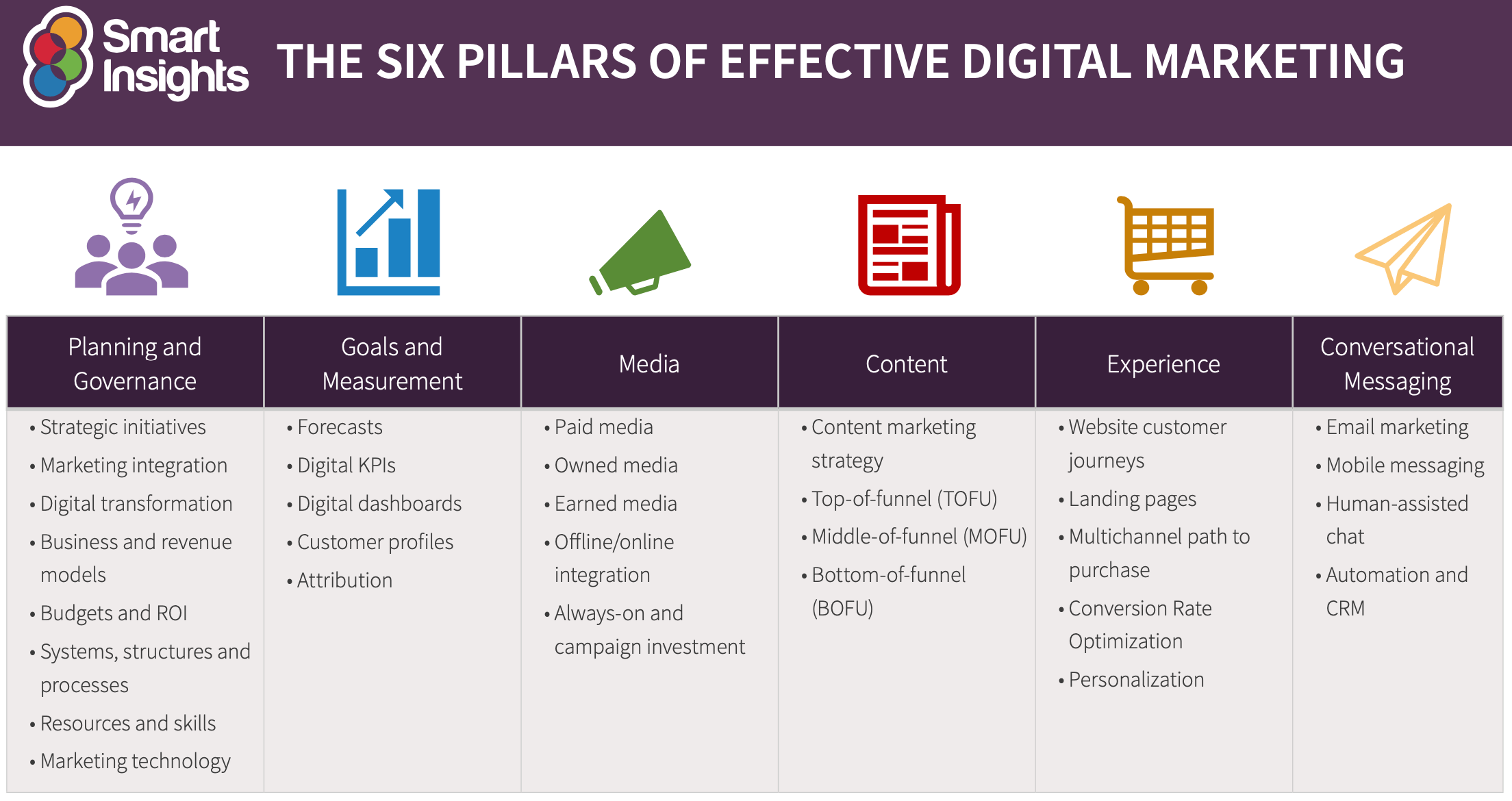Discover the Luster of The Ad Firm Carlsbad: Boost Your Digital Visibility Today
Wiki Article
Enhance Customer Experience and Drive Website Traffic With Responsive Web Design
In today's electronic landscape, where individuals are accessing websites from a wide variety of tools, receptive website design has actually become more vital than ever. With its capability to adjust and effortlessly adapt to different screen dimensions, receptive style not only boosts customer experience but likewise drives web traffic to your internet site. Why is this design strategy so critical? How does it enhance customer engagement and rise web site web traffic? In this conversation, we will explore the crucial elements of efficient responsive layout, explore the ideal techniques for its execution, and reveal the keys to enhancing customer experience while driving more traffic to your website.Why Responsive Web Style Matters
Responsive website design is a vital element of modern internet advancement because of its capacity to make sure ideal user experience across numerous gadgets and display sizes. With the proliferation of smartphones, tablets, and various other mobile gadgets, it has actually come to be critical for web sites to adapt and supply seamless capability regardless of the device being made use of.The main reason why receptive internet style matters is that it permits users to have a enjoyable and regular searching experience, no matter of the device they are making use of. A responsive website instantly readjusts its layout, format, and web content elements to fit the screen size and resolution of the device, guaranteeing that users can easily communicate and navigate with the internet site without any type of inconvenience or frustration.
Moreover, responsive website design likewise plays a significant duty in search engine optimization (SEO) Online search engine, such as Google, prioritize sites that are responsive and mobile-friendly in their search results page. By incorporating receptive layout concepts, web sites can enhance their presence and ranking, leading to increased organic web traffic and possible customers.

Boosting Customer Interaction Through Responsive Design
Maximizing customer involvement is a key goal of responsive design, as it guarantees that individuals can conveniently accessibility and interact with website material on any type of tool. With the enhancing usage of tablet computers and smart devices, it is critical for internet sites to adjust to various display dimensions and resolutions. Responsive design enables sites to automatically adjust their layout and content to give a smooth user experience throughout devices.One of the main methods receptive design enhances individual involvement is by lowering tons times. With a responsive web site, customers do not need to await separate mobile variations to load, causing quicker access to content. This better speed leads to higher customer complete satisfaction and motivates them to spend even more time on the site.
Furthermore, receptive layout improves user engagement by enhancing navigating and customer interface (The Ad Firm Web Design). When a site is created responsively, food selections and buttons are enhanced for touch communications, making it less complicated for customers to engage and browse with the site on their smart phones. This straightforward and intuitive experience maintains customers involved and motivates them to discover more of the web site
In addition, responsive layout permits better content exposure and readability. By adapting the format and font style dimensions to different devices, responsive sites make certain that individuals can easily recognize the material and read. This boosts individual involvement by lowering the demand for scrolling or zooming to check out the message.
Enhancing Site Traffic With Responsive Internet Design
With the expanding appeal of smart phones, having an internet site that is responsive to various screen dimensions and resolutions is important for driving boosted web traffic. In today's digital landscape, users are accessing web sites from a variety of tools such as smartphones, tablets, and home computer. Each of these devices has various display dimensions and resolutions, and if your website is not designed to adapt to these variations, it can bring about a bad customer experience and a loss of potential traffic.
Receptive website design makes sure that your website looks and functions efficiently throughout all gadgets. By utilizing adaptable grids, fluid pictures, and media queries, responsive design allows your internet site to automatically adjust directory its design, navigation, and content to fit any kind of display dimension. This indicates that individuals will have a smooth surfing experience despite whether they are utilizing a little smart device or a big desktop computer.
Crucial Element of Effective Responsive Layout
Efficient responsive style includes a number of crucial elements that make sure a seamless customer experience across different gadgets. Among these components is adaptable grids and designs. By utilizing relative systems like portions rather than repaired systems like pixels, designers can produce formats that adjust and scale to fit different display dimensions. This permits web content to be displayed in a visually appealing and readable fashion on any kind of gadget.Another important aspect is media queries. These enable designers to apply various styles and formats based upon the characteristics of the user's device, such as screen size and orientation. By utilizing media inquiries, designers can optimize the discussion of web content for each and every device, guaranteeing that it is easily obtainable and legible.
Responsive images are likewise important in effective responsive style. Photos that are too big can slow down web page tons times on mobile phones, while photos that are as well tiny may appear pixelated on larger screens. By utilizing strategies such as responsive photo resizing and careless loading, developers can guarantee that photos are appropriately sized and maximized for each and every device.
Last but not least, efficient receptive design includes a mobile-first strategy. This indicates designing and prioritizing web content for mobile tools first, and after that boosting the design and increasing for larger screens. This strategy guarantees that one of the most vital material is quickly accessible on smaller sized displays, while still giving an abundant experience on bigger gadgets.
Best Practices for Applying Responsive Web Layout
Implementing responsive internet design requires careful factor to consider of different finest practices to guarantee an optimum user experience across different gadgets. When applying receptive internet layout., right here are some essential best methods to follow.To start with, it is important to prioritize mobile individuals. With the raising dominance of mobile tools, making for mobile-first has actually become essential. Begin deliberately for smaller sized displays and after that progressively boost the format for bigger screens.

Another vital ideal method is to optimize images for various screen resolutions. Huge images can decrease the loading time of your site, specifically on mobile gadgets with slower connections. Usage receptive images that can be resized based upon the tool's display resolution to enhance performance.
Additionally, test your website on various gadgets and screen sizes the original source to ensure a constant and seamless experience. There are various screening tools available that can help you determine any kind of concerns and make essential changes.
Last but not least, focus on more information use and accessibility. Make certain that your site is simple to browse, with clear and concise material. See to it that your website comes to people with impairments and follows availability standards.
Final Thought
In verdict, responsive web design plays an essential role in boosting customer experience and driving traffic to internet sites. By taking on receptive style concepts, sites can make sure optimal viewing experiences across different tools, leading to increased user engagement.Enhancing individual interaction is an essential goal of responsive layout, as it makes sure that individuals can quickly accessibility and communicate with web site content on any kind of gadget. Receptive style enables internet sites to immediately adjust their format and web content to give a seamless individual experience across tools.
Additionally, receptive layout boosts user engagement by improving navigating and customer interface.Receptive photos are likewise critical in efficient responsive style. By embracing responsive layout principles, sites can guarantee optimal viewing experiences throughout various tools, leading to boosted user engagement.
Report this wiki page